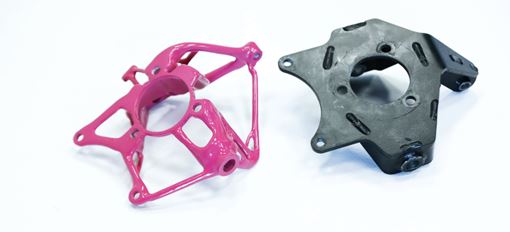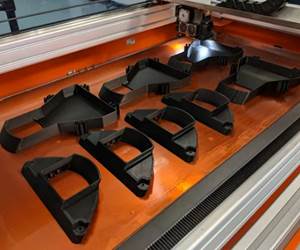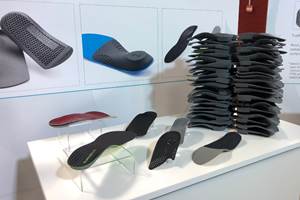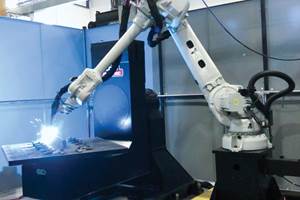Production additive manufacturing (AM) was once something to look forward to, a future application of 3D printing technology. Early adopters of 3D printing for rapid prototyping saw its value for design iteration and product development, but the material choices and systems were too limited to consider those early prints as final production parts. But times have changed. Where there was once just one type of 3D printing, there are now seven distinct families of processes and many, many machine suppliers. AM’s material portfolio is growing, adding new metal alloys, polymers and even composites all the time. Software is making the process more consistent and reliable, while also enabling next-generation designs that only additive can make. Production AM has officially arrived.
3D printing may have started out as a rapid prototyping technique, but the machines and materials have matured to the point that production is not only viable, but desirable, in many cases.
WATCH
Challenges and Opportunities in Additive
Making parts in production quantities with 3D printing is now a viable option for OEMs, manufacturers and inventors. This conversation between Additive Manufacturing Media’s Peter Zelinski, editor-in-chief, and Stephanie Hendrixson, senior editor, addresses the high-level challenges and opportunities in production AM. See the topical links on this page for more detailed information and examples.
Getting Started
The Case for Additive Manufacturing
3D printing software is making the process more consistent and reliable, while also enabling next-generation designs that only additive can make.
Polymer Parts
Advantages of polymer 3D printing include the ability to manufacture plastic parts without expensive, time-consuming and static injection mold tooling.
Metal Parts
The most common 3D printing technologies for metal parts additive manufacturing are wire or powder deposition, powder bed fusion, and binder jetting.



